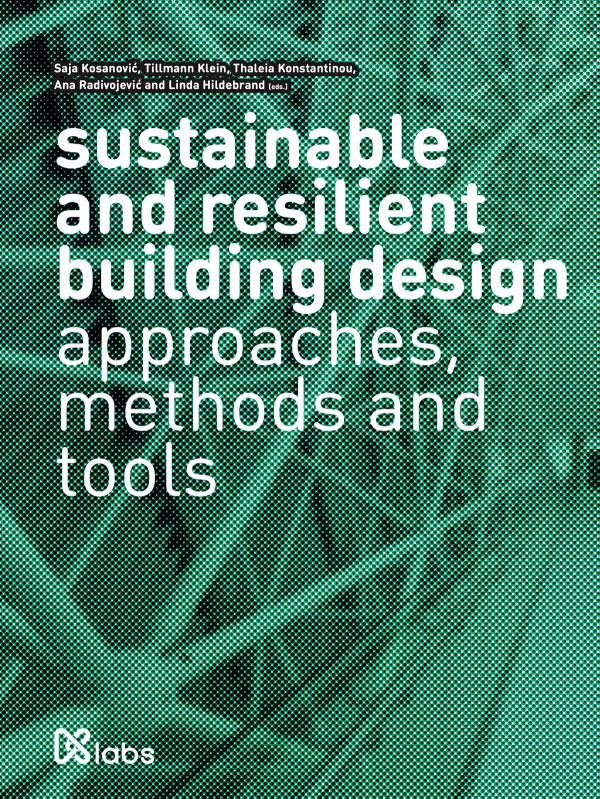
Synopsis
The challenges to which contemporary building design needs to respond grow steadily. They originate from the influence of changing environmental conditions on buildings, as well as from the need to reduce the impact of buildings on the environment. The increasing complexity requires the continual revision of design principles and their harmonisation with current scientific findings, technological development, and environmental, social, and economic factors. It is precisely these issues that form the backbone of the thematic book, Sustainable and Resilient Building Design: Approaches, Methods, and Tools.
The purpose of this book is to present ongoing research from the universities involved in the project Creating the Network of Knowledge Labs for Sustainable and Resilient Environments (KLABS). The book starts with the exploration of the origin, development, and the state-of-the-art notions of environmental design and resource efficiency. Subsequently, climate change complexity and dynamics are studied, and the design strategy for climate-proof buildings is articulated. The investigation into the resilience of buildings is further deepened by examining a case study of fire protection. The book then investigates interrelations between sustainable and resilient building design, compares their key postulates and objectives, and searches for the possibilities of their integration into an outreaching approach. The fifth article in the book deals with potentials and constraints in relation to the assessment of the sustainability (and resilience) of buildings. It critically analyses different existing building certification models, their development paths, systems, and processes, and compares them with the general objectives of building ratings. The subsequent paper outlines the basis and the meaning of the risk and its management system, and provides an overview of different visual, auxiliary, and statistical risk assessment methods and tools.
Following the studies of the meanings of sustainable and resilient buildings, the book focuses on the aspects of building components and materials. Here, the life cycle assessment (LCA) method for quantifying the environmental impact of building products is introduced and analysed in detail, followed by a comprehensive comparative overview of the LCA-based software and databases that enable both individual assessment and the comparison of different design alternatives. The impact of climate and pollution on the resilience of building materials is analysed using the examples of stone, wood, concrete, and ceramic materials. Accordingly, the contribution of traditional and alternative building materials to the reduction of negative environmental impact is discussed and depicted through different examples.
The book subsequently addresses existing building stock, in which environmental, social, and economic benefits of building refurbishment are outlined by different case studies. Further on, a method for the upgrade of existing buildings, described as ‘integrated rehabilitation’, is deliberated and supported by best practice examples of exoskeleton architectural prosthesis. The final paper reflects on the principles of regenerative design, reveals the significance of biological entities, and recognises the need to assign to buildings and their elements a more advanced role towards natural systems in human environments.
Chapters
-
Origin and Development of Environmental Design
-
Approach to Design for Resilience to Climate Change
-
Understanding Fire and Protecting the Buildings
-
Sustainability and Resilience(In)Consistencies in Two Design Realms
-
Building Certification Systems and Processes
-
Risk Management and Risk Assessment Methods
-
Methodology for Assessing Environmental Quality of Materials and Construction
-
A Comparative Overview of Tools for Environmental Assessment of Materials, Components and Buildings
-
Impact of Climate and Pollution on Resilience of Some Conventional Building Materials
-
Natural and Regionally Available Materials for a Sustainable FutureReviving Tradition in Contemporary Construction
-
Sustainable Refurbishment for an Adaptable Built Environment
-
Adaptive Socio-Technical DevicesSocial Inclusion as a Rehabilitation Tool
-
Biological Entities and Regeneration by Design





